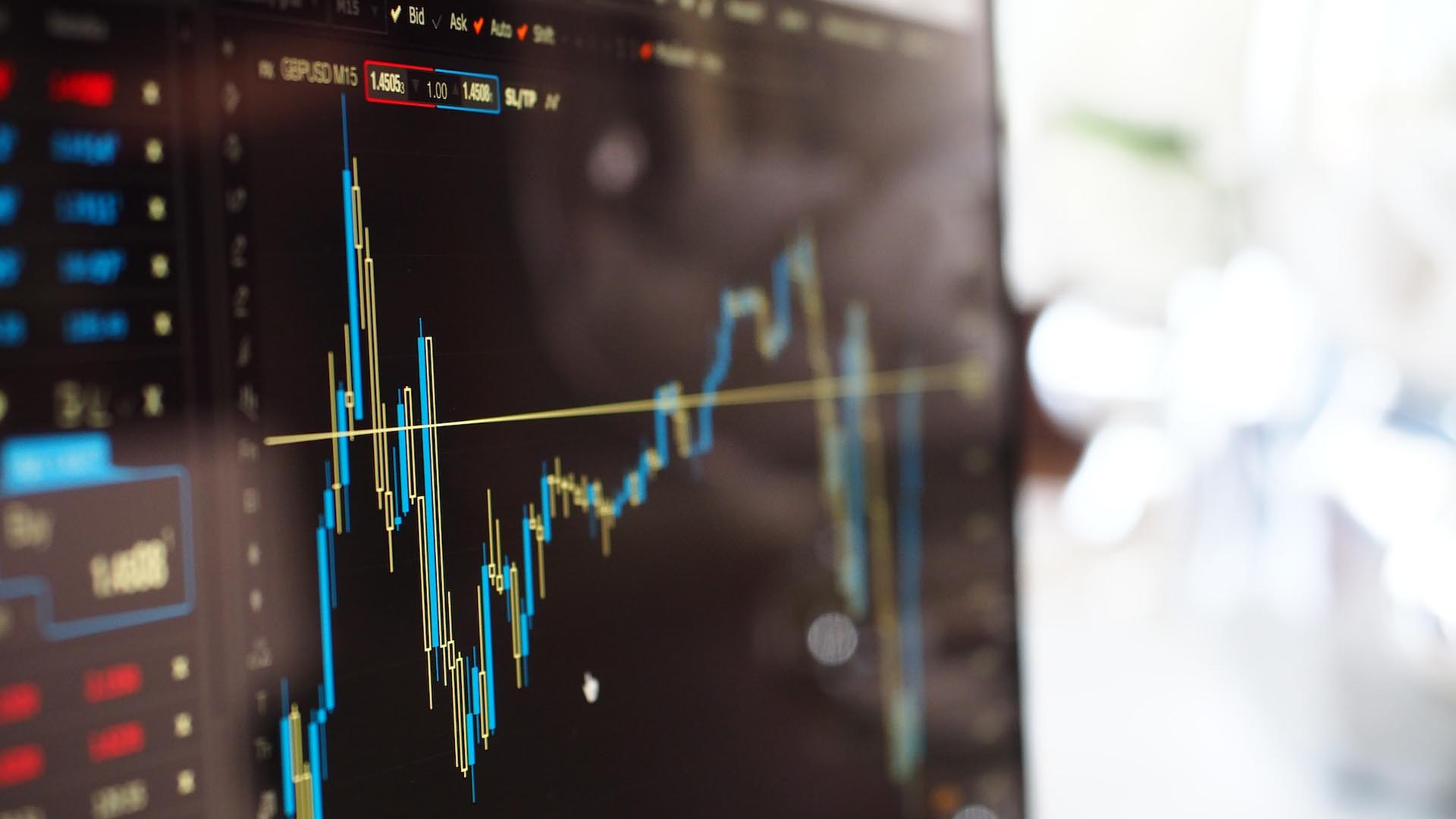Trending: Here are some Business Statistics and Trends to know

|
Getting your Trinity Audio player ready...
|
Have you ever wondered how markets work? How prices are determined and why certain products become more popular than others? Understanding the mechanics of markets can provide valuable insights into the world of economics and business.
Markets are the backbone of any economy, serving as the platform where buyers and sellers interact to exchange goods and services. They play a crucial role in determining the allocation of resources and influencing economic outcomes.
To navigate and succeed in the marketplace, it is essential to have a solid understanding of how markets work. By delving into the intricacies of market mechanisms, you can gain a deeper appreciation for the complexities of the economy and make more informed decisions as consumers, producers, or investors.
In this article, we will explore the fundamental principles of how markets operate and shed light on key concepts that drive economic activity.
Markets
Markets refer to organized platforms where buyers and sellers engage in the exchange of goods, services, or financial assets, driven by the forces of supply and demand.
Fundamentals of Markets
Definition and Function of Markets
Markets are vibrant arenas where buyers and sellers come together to exchange assets, goods, and services. Whether it’s stocks, bonds, commodities, or currencies, markets facilitate the interaction of supply and demand, determining the prevailing prices and influencing the allocation of resources.
It’s this ceaseless interplay that fuels economic growth and shapes the financial landscape.
Types of Markets
Markets come in diverse forms, each serving a specific purpose. Primary markets witness initial public offerings (IPOs), where companies raise capital by issuing shares.
Secondary markets, like stock exchanges, enable the trading of existing securities. Specialized markets, such as derivatives and forex markets, cater to intricate financial instruments that allow for risk management and speculative opportunities.
Market Participants and Their Roles
Investors and Traders
Investors seek to build wealth over the long term, making strategic decisions based on fundamental analysis.
Traders, on the other hand, focus on shorter time frames, capitalizing on price fluctuations driven by market sentiment and technical analysis. The actions of investors and traders collectively shape market trends and volatility.
Intermediaries and Market Makers
Intermediaries such as brokers, dealers, and market makers act as conduits, facilitating smooth transactions and providing liquidity.
Market makers, in particular, play a pivotal role in ensuring a stable marketplace by quoting buy and sell prices, thereby narrowing bid-ask spreads. This liquidity injection fosters efficient trading and price discovery.
Market Instruments and Assets
Equities and Stocks
Equities represent ownership stakes in companies, and stocks are the tradable units of these equities. They’re bought and sold on stock exchanges, where factors like corporate earnings, industry trends, and macroeconomic indicators influence their valuations.
In 2020 alone, the total market capitalization of global stock markets exceeded $95 trillion.
Fixed Income Securities
Fixed-income securities, including government and corporate bonds, play a crucial role in capital markets.
As interest rates fluctuate, bond prices inversely respond, creating opportunities for investors to capitalize on yield differentials. The U.S. bond market, for instance, boasts a market size of over $45 trillion.
Commodities and Futures
Commodities—crude oil, gold, agricultural products—are tangible assets that underpin essential economic activities.
Futures contracts, a cornerstone of commodities markets, allow investors to hedge against price fluctuations and speculate on future price movements. The global commodity market was valued at approximately $20 trillion in 2020.
Foreign Exchange (Forex) Market
The forex market is where currencies are traded, forming the bedrock of international trade and finance.
Currency pairs are bought and sold, with exchange rates influenced by geopolitical events, economic indicators, and central bank policies. The daily trading volume of the forex market averages around $6.6 trillion.
Market Efficiency and Pricing
Efficient Market Hypothesis (EMH)
The concept of market efficiency posits that prices reflect all available information. The Efficient Market Hypothesis (EMH) comes in three forms: weak, semi-strong, and strong. While the hypothesis has its proponents and critics, understanding its implications is essential for business professionals navigating the markets.
Fundamental Analysis
Fundamental analysis involves delving into a company’s financials, industry trends, and economic indicators to determine its intrinsic value.
The process includes dissecting financial statements, analyzing ratios, and gauging growth prospects. This information guides investment decisions and helps identify undervalued or overvalued assets.
Technical Analysis
Technical analysis relies on historical price and volume data to forecast future price movements. It involves studying chart patterns, trends, and indicators to identify potential entry and exit points.
While some view technical analysis skeptically, it’s a widely used approach that emphasizes timing and market sentiment.
Market Volatility and Risk Management
Understanding Volatility
Market volatility, characterized by price fluctuations, is a constant companion in financial markets. Factors such as economic releases, geopolitical events, and unexpected news can trigger swift market movements. Acknowledging volatility’s presence is vital for risk-conscious investors.
Risk Management Strategies
Navigating markets necessitates risk management strategies that safeguard investments. Diversification—spreading investments across different assets—is a cardinal rule.
Asset allocation, hedging, and position sizing are tools that help manage risk exposure and optimize potential returns.
Market Regulation and Oversight
Regulatory Bodies and Frameworks
Financial markets are subject to regulatory oversight to ensure fair practices and protect investors. Key regulatory bodies like the U.S. Securities and Exchange Commission (SEC) and the Financial Conduct Authority (FCA) play vital roles in maintaining market integrity.
Market Disruptions and Circuit Breakers
To prevent market crashes triggered by extreme volatility, circuit breakers halt trading temporarily. These mechanisms provide a breather for investors and market participants to assess the situation before trading resumes.
Future Trends and Technological Innovations
Impact of Technology
Technology, from algorithmic trading to high-frequency trading, has revolutionized market operations. Algorithmic trading, which accounts for a significant portion of market volume, executes trades at lightning speed based on pre-set rules.

Evolving Market Structures
Electronic trading platforms and dark pools are reshaping market structures. These innovations offer advantages such as reduced trading costs and enhanced anonymity but also pose challenges related to transparency and market access.
Conclusion
Armed with this understanding of market mechanics, you’re poised to navigate the intricate web of finance with confidence. Markets are the crucibles where economic forces meet, where investors seek opportunities, and where assets find value.
As a business professional, your insights into market dynamics, participant roles, and risk management strategies can lead to informed decisions that transcend the realm of numbers—they impact economies, industries, and lives.
Unlock the potential of market knowledge to guide your investment journey. By grasping the subtleties of supply and demand, analyzing data-driven trends, and staying attuned to regulatory shifts, you pave the way for well-informed decisions in an ever-evolving financial landscape.
References
- Bodie, Z., Kane, A., & Marcus, A. (2021). Investments. McGraw-Hill Education.
- Malkiel, B. G. (2015). A Random Walk Down Wall Street: The Time-Tested Strategy for Successful Investing. W. W. Norton & Company.
- Hull, J. C. (2017). Options, Futures, and Other Derivatives. Pearson.
- Fabozzi, F. J., Neave, E. H., & Zhou, G. (2020). Financial Economics. Wiley.
- Graham, B., Dodd, D. L., & Buffett, W. (2008). Security Analysis: Sixth Edition, Foreword by Warren Buffett. McGraw-Hill Education.
- Murphy, J. J. (1999). Technical Analysis of the Financial Markets: A Comprehensive Guide to Trading Methods and Applications. Penguin.
- Bollinger, J. (2001). Bollinger on Bollinger Bands. McGraw-Hill Education.
- Cuthbertson, K., & Nitzsche, D. (2009). Quantitative Financial Economics: Stocks, Bonds, and Foreign Exchange. John Wiley & Sons.
- Schwager, J. D. (1984). Market Wizards: Interviews with Top Traders. HarperCollins.
- Financial Conduct Authority (FCA). (n.d.). Retrieved from https://www.fca.org.uk/
- U.S. Securities and Exchange Commission (SEC). (n.d.). Retrieved from https://www.sec.gov/
- World Federation of Exchanges (WFE). (2023). WFE Market Highlights 2022. Retrieved from https://www.world-exchanges.org/
- The Bank for International Settlements (BIS). (2023). Triennial Central Bank Survey: Foreign exchange turnover in April 2022. Retrieved from https://www.bis.org/publ/rpfx22.htm
- Statista. (2023). Market capitalization of global equity markets from 2013 to 2022. Retrieved from https://www.statista.com/statistics/270126/market-capitalization-of-global-stock-markets/
- Statista. (2023). Total value of outstanding bonds worldwide from 2002 to 2021. Retrieved from https://www.statista.com/statistics/270852/value-of-outstanding-bonds-worldwide/
- Statista. (2023). Global commodity market value 2014-2020. Retrieved from https://www.statista.com/statistics/267462/commodity-market-value/
- Statista. (2023). Foreign exchange market turnover worldwide from 2004 to 2022. Retrieved from https://www.statista.com/statistics/270124/foreign-exchange-market-global-market-volume/
- Understanding Technology. https://www.brimco.io/technology/understanding-the-technology-sector/




